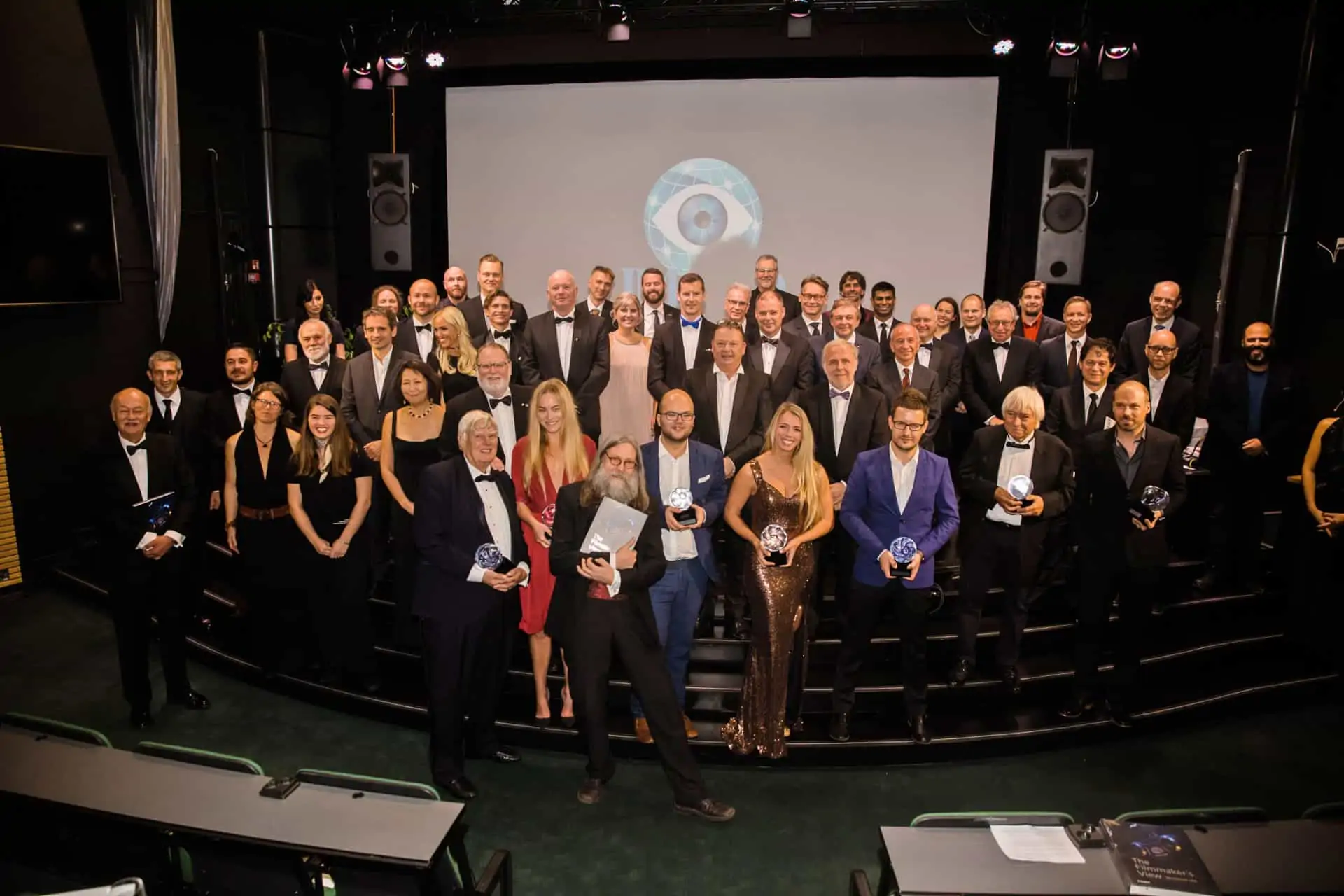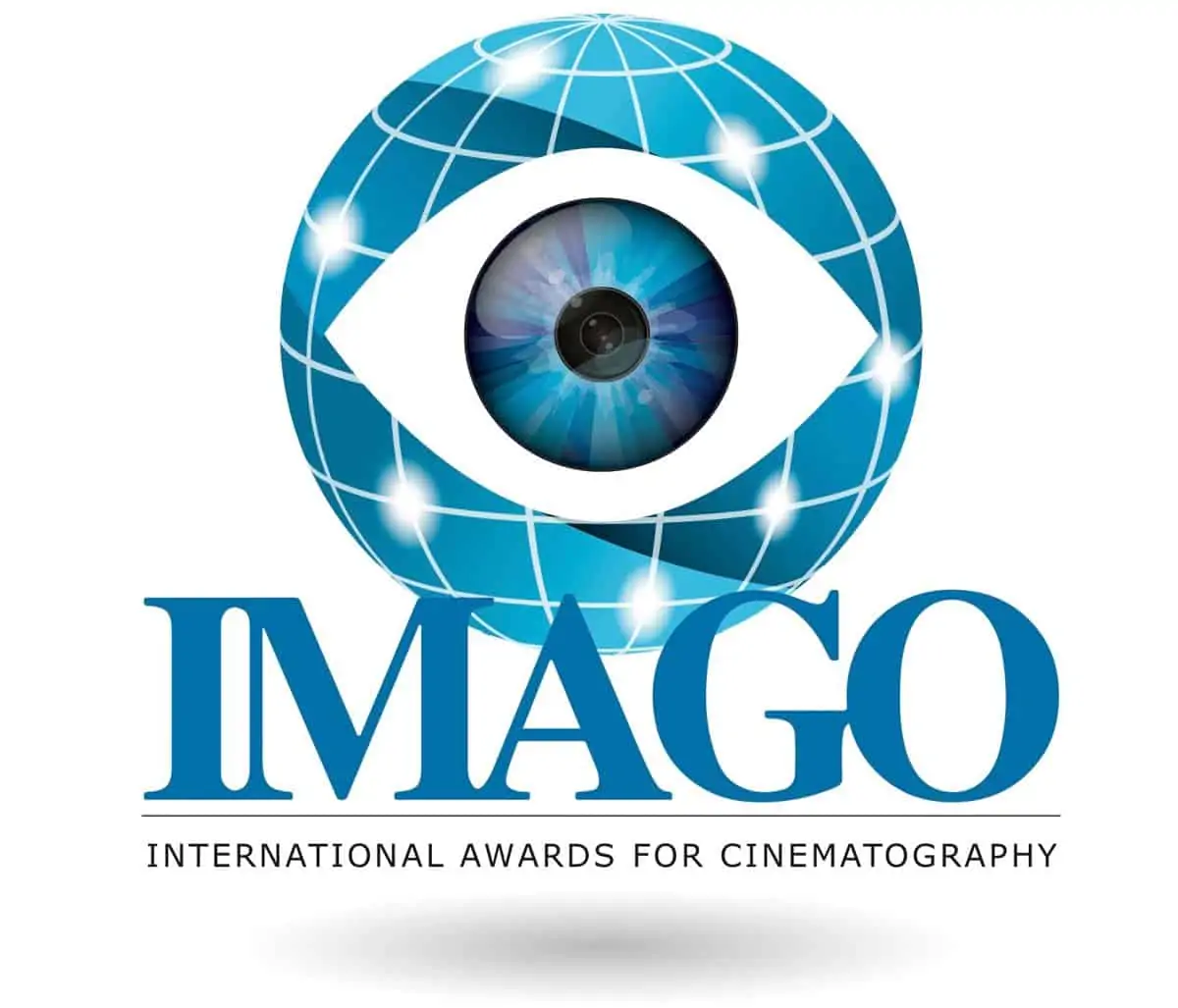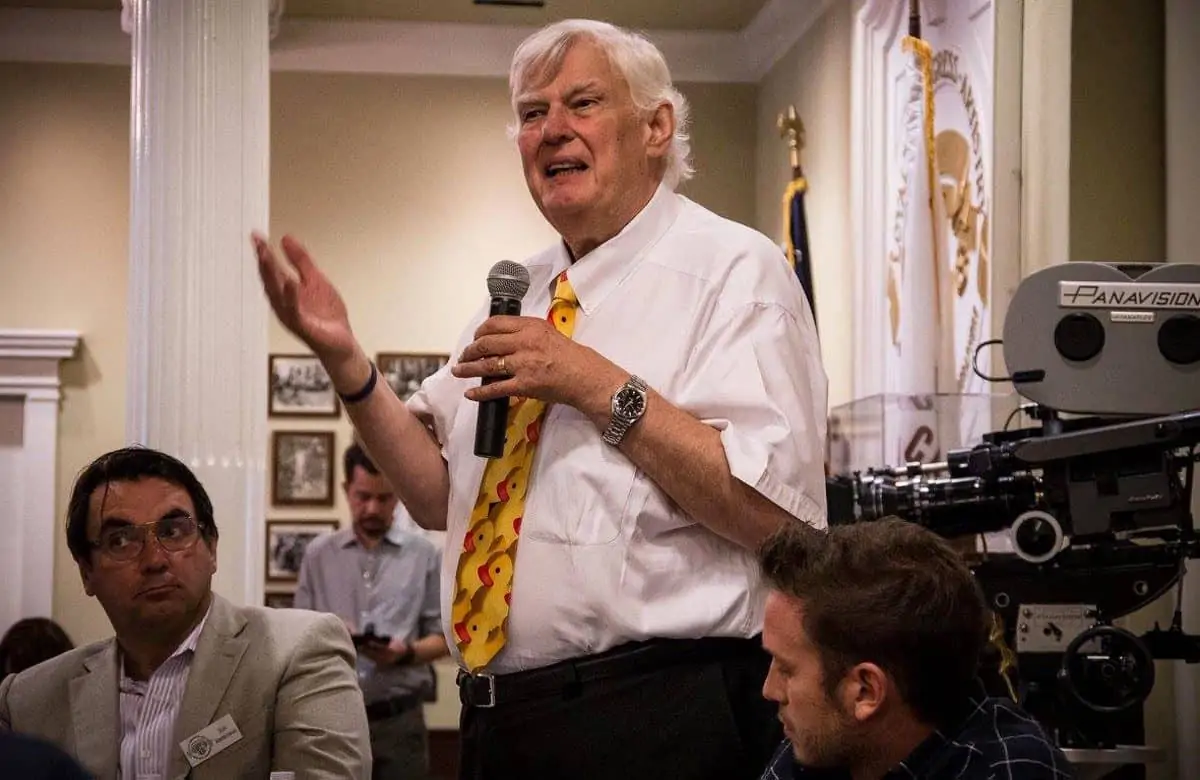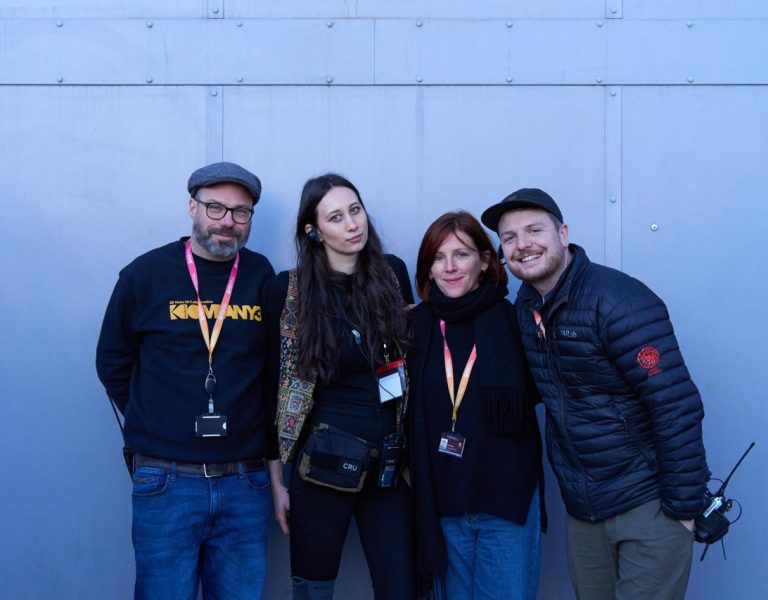THE TOAST OF HOLLYWOOD
BSC President Christopher Ross reports back from a scintillating week at the International Cinematography Summit, where a truly global delegation of DPs was treated to a packed programme of Q&As, demonstrations and lectures.
The ICS took place from 13-17 June in Los Angeles, facilitated by the ASC and held at their enviable Clubhouse in the heart of Hollywood. A weeklong programme of events was organised for global participants, and generously supported by patrons of the ASC.
I was sadly unable to attend the first day of the summit due to work commitments, but the first order of business on Monday was introductions and ice breaking. The attendees comprised a truly international collective of cinematographers, all representing the Society of their homeland: Armenia, Australia, Austria, Brazil, Chile, Columbia, Estonia, Finland, France, Germany, Hungary, Italy, Japan, Mexico, New Zealand, North Macedonia, Philippines, Poland, Romania, Slovakia, South Korea, Sweden, Turkey, Uganda, Vietnam were all in attendance. The UGC of Ukraine were, unsurprisingly, absent but the work of their cinematographers was celebrated, alongside their peers’ form around the world, and their dedication and sacrifice were recognised and honoured.
Monday also saw David Stump ASC provide an overview of the latest workflow techniques, while Karl Walter-Lindenlaub ASC BVK shared his work on his new show Halo.
Tuesday morning began with a seminar in the art deco masterpiece that was the home of Eastman Kodak in Hollywood, and now forms part of the Campus of XR Studios. Here, on behalf of the AFC, Denis Lenoir delivered a seminar based on the extensive lens tests that the Society had organised as a resource to assist cinematographers with their creative choices.
After lunch, we visited Netflix’s Research and Development Team, where we were shown three highlights of Netflix technologies: the Crystal Led Screen Grading and Encoding Approval Suite; the Camera and Monitor Evaluation Laboratory; and the Virtual Production Previs Laboratory.
On Wednesday, we were welcomed to Sony’s LA Head Office for a series of seminars and demonstrations that had been planned for us. First, there was a virtual production session with Sam Nicholson ASC of Stargate Studios, followed by a crystal LED presentation in Sony’s viewing theatre. It was then time to get hands-on with Sony cameras including the Venice Mark 2, Venice Mark 1 in Studio and Rialto Mode, FX9, FX6 and FX3.
Later, it was off to Harbor’s Santa Monica facility, where we were welcomed with open arms (and trays of margheritas!). Mathew Tomlinson, their head of colour science, delivered an exuberant lecture on the importance of good colour management, followed by a Q&A with him and Harbor’s team of colourists.
Thursday started at the Dolby Laboratory, where a real highlight of the week was having the privilege of eavesdropping on a chat between Peter Doyle (live in theatre) and Bruno Delbonnel ASC AFC (remotely by Zoom) about The Tragedy of Macbeth. Topics discussed included colour linguistics and the concept of a “fragile grade”. Guests were then treated to a show of force from the Dolby Laser Projection and Atmos sound system.
Due to a potential COVID infection within the international group (that turned out to be false), the tour of Panavision’s flagship Woodland Hills office was cancelled on Thursday afternoon. However, the planned lens seminar with Dan Sasaki was hurriedly reconfigured for online delivery. Sasaki described the process of choosing lens sets, and tuning lenses for different image formats and large or small screen sizes.
We ended the week with a seminar from Armando Salas ASC on ‘Maintaining Creative Intent’. Salas generously took time out in the morning before a night shoot to present his seminar, focussing on viewing in HDR whilst on set and the correct workflow and colour management associated with this and the conversion to SDR.
Next, John Simmons ASC and Patti Lee ASC spoke about how the ASC Vision Committee was created to address under-representation, and to change the colour palette of the ASC membership and the wider industry. So far, the primary objective has been to host events where attendees could meet cinematographers from diverse backgrounds and see themselves within the context of the ASC.
David Perkal ASC of the Future Practices Committee outlined some of the work that they have been doing. Created during the COVID pandemic shutdown, the committee worked to find ways of getting everyone back on set in a safe and efficient way.
Elen Lotman ESC from the IMAGO Diversity and Inclusion Committee spoke about the Federation’s commitment to looking at D, E and I issues from both a global and a local perspective.
Erika Addis ACS, President of the Australian Society of Cinematographers, shared preliminary findings from a study that the Society commissioned into Gender and Ethnic Diversity within the Australian Film and Television Industry (Workforce Development and Diversity in Australian Cinematography).
Elen Lotman ESC returned to the lectern to deliver a presentation based on her Ph.D. thesis: the blurred lines between reality and creativity and how each feeds the other in the role of the cinematographer. I would like to invite Elen to deliver the full version of this lecture to the membership as part of the BSC Education programme.
The final Q&A of the week saw Outer Range director Lawrence Trilling and DP Drew Daniels talk about their lensing of the new Amazon Studios show.
The last order of business was a reverse of day one, as attendees of this most international collective of cinematographers offered their thanks to the ASC and the welcome that had been shown to us all. The film from the UGC of Ukraine was played again and the dedication and sacrifice of their cinematographers was recognised and honoured by all.














